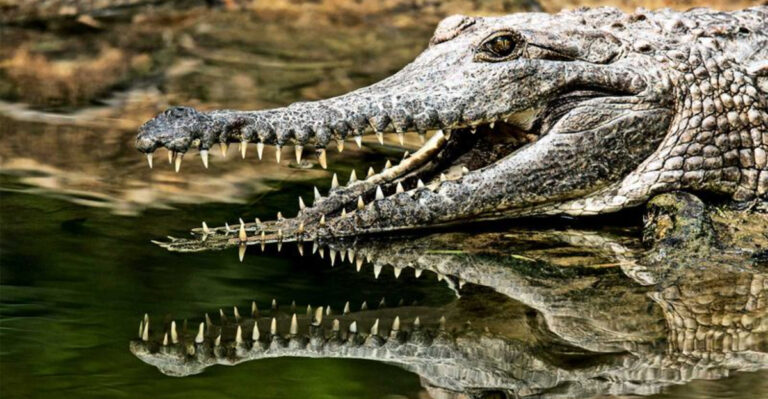15 Famous Military Horses, Dogs, And Mascots From History
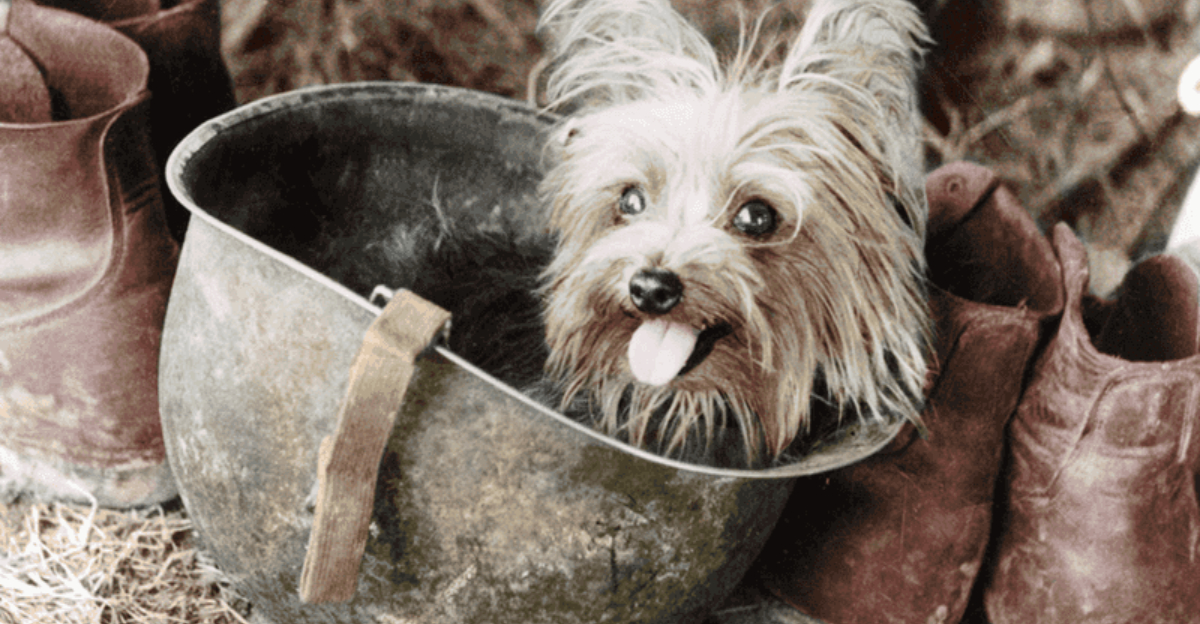
Throughout history, animals have played crucial roles in military operations around the world. From carrying soldiers into battle to delivering vital messages across enemy lines, these brave creatures have demonstrated extraordinary courage and loyalty.
Many of these four-legged heroes have earned their place in history books alongside the human soldiers they served with.
1. Sergeant Stubby: America’s Most Decorated War Dog

Found as a stray on Yale University campus, this Boston Terrier mix became the only dog to be given the rank of Sergeant in WWI. Stubby served with the 102nd Infantry Regiment for 18 months in the trenches of France.
He warned troops of gas attacks, located wounded soldiers, and even caught a German spy by the seat of his pants! After the war, he met three presidents and became Georgetown University’s mascot.
2. Bucephalus: Alexander The Great’s Legendary Steed
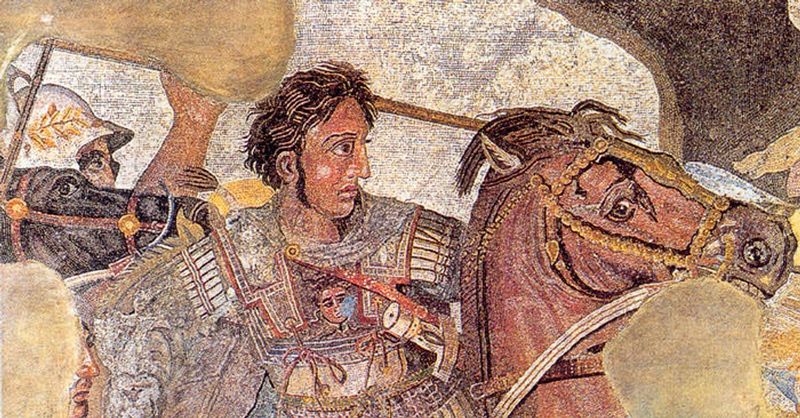
Tamed by a teenage Alexander when no one else could approach the wild horse, Bucephalus became the conqueror’s trusted companion for nearly 30 years. Legend says the massive black stallion would kneel to allow Alexander to mount him.
The faithful horse carried his master through countless battles across Asia until his death in 326 BCE. Alexander honored him by founding a city called Bucephala, ensuring his beloved horse’s legacy would endure through the ages.
3. Cher Ami: The Pigeon Who Saved 194 Men
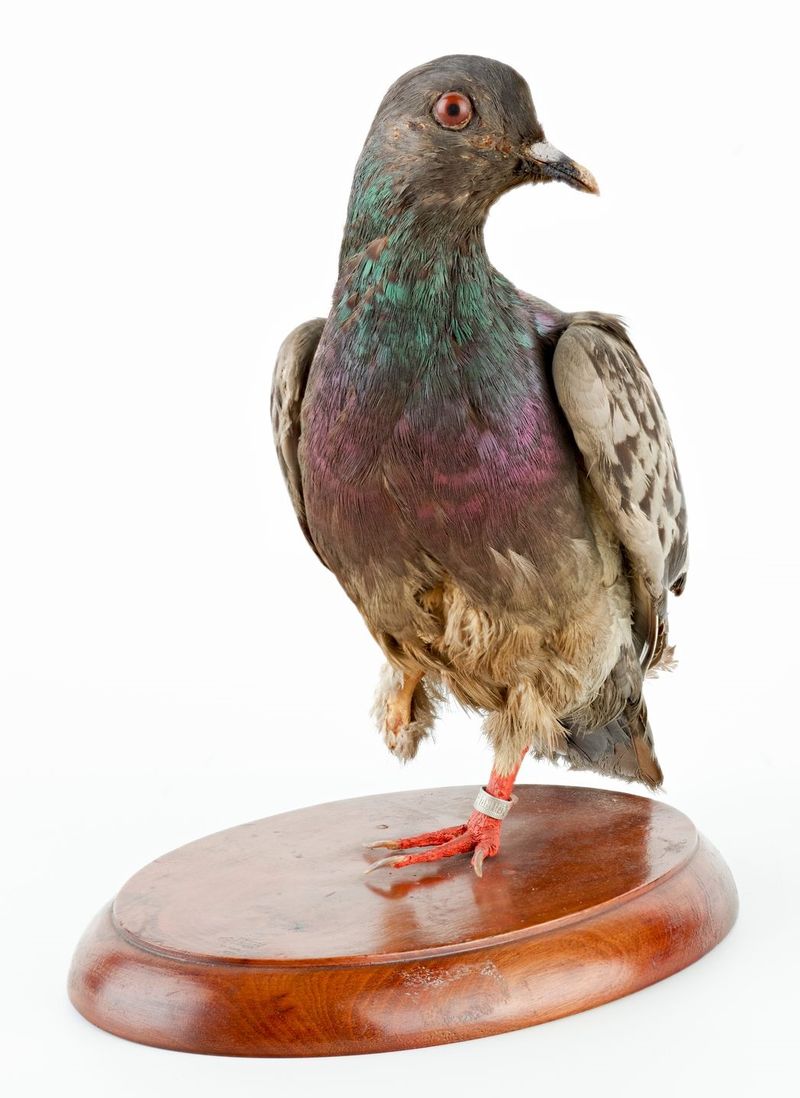
Flying through enemy fire with a crucial message tied to her leg, Cher Ami saved nearly 200 American soldiers during WWI. The British-bred carrier pigeon delivered her final message despite being shot through the breast and losing a leg.
The message she carried stopped friendly fire on the Lost Battalion. Army medics fashioned a tiny wooden leg for her, and she received the Croix de Guerre medal for heroism. Today, her preserved body is displayed at the Smithsonian.
4. Wojtek: The Bear Who Joined The Polish Army
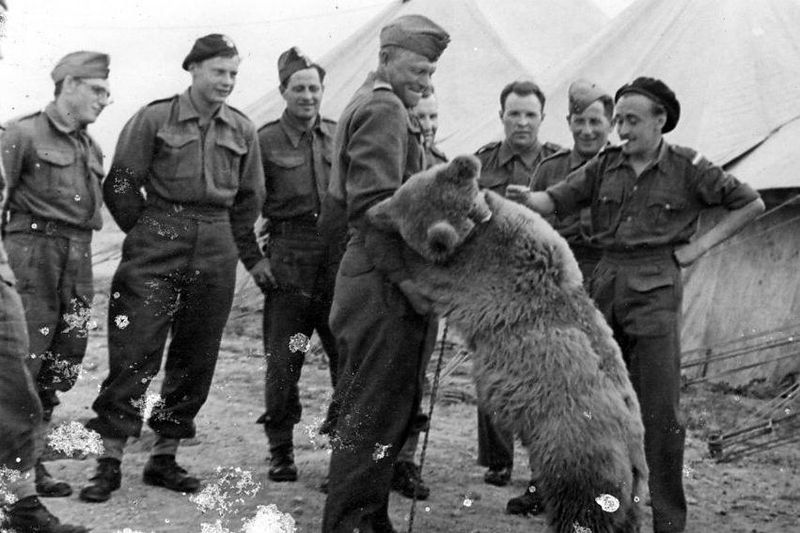
Adopted as a cub by Polish soldiers in Iran, Wojtek grew into a 440-pound Syrian brown bear who was officially enlisted as a private in the Polish II Corps. His service papers listed him as a “soldier bear” to ensure he could travel with his unit.
During the Battle of Monte Cassino, Wojtek carried heavy ammunition boxes to the front lines. After the war, he lived at Edinburgh Zoo where former comrades would toss him cigarettes, which he would pretend to smoke!
5. Reckless: The Horse Who Became A Marine

Purchased from a Seoul racetrack during the Korean War, this small Mongolian mare became a legend in the U.S. Marine Corps. Staff Sergeant Reckless carried ammunition up steep hills to the front lines and transported wounded soldiers back down, often without a handler.
In one battle alone, she made 51 solo trips through enemy fire. The Marines made her an official staff sergeant, and she was awarded two Purple Hearts. When brought to America, she was given the rare privilege of free grazing at the Marine Corps Base.
6. Judy: The Only Official Canine Prisoner Of War

An English pointer serving on HMS Gnat during WWII, Judy became the only dog officially registered as a prisoner of war. She survived the sinking of two ships before being captured by the Japanese alongside her human companions.
In the harsh POW camp, she would find hidden food for starving prisoners and warn of guard approaches. Her protector, Frank Williams, smuggled her aboard a transport ship when prisoners were moved. After liberation, Judy received the Dickin Medal, the animal equivalent of the Victoria Cross.
7. Copenhagen: The Duke Of Wellington’s Tireless Warhorse
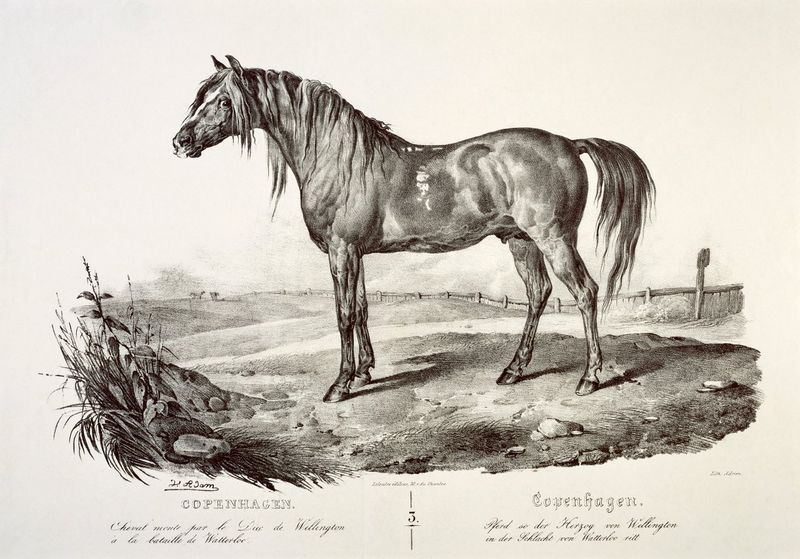
A chestnut thoroughbred with Arabian blood, Copenhagen carried the Duke of Wellington through the entire Battle of Waterloo in 1815. The remarkable horse remained under saddle for more than 18 hours during the crucial battle that ended Napoleon’s reign.
After Wellington dismounted, Copenhagen famously kicked out, nearly striking his illustrious rider. “Be careful, for if you hit me I’ll return the compliment,” Wellington reportedly told his exhausted steed. The horse lived to 29, enjoying retirement at the Duke’s estate.
8. Smoky: The Yorkie Who Became A War Hero
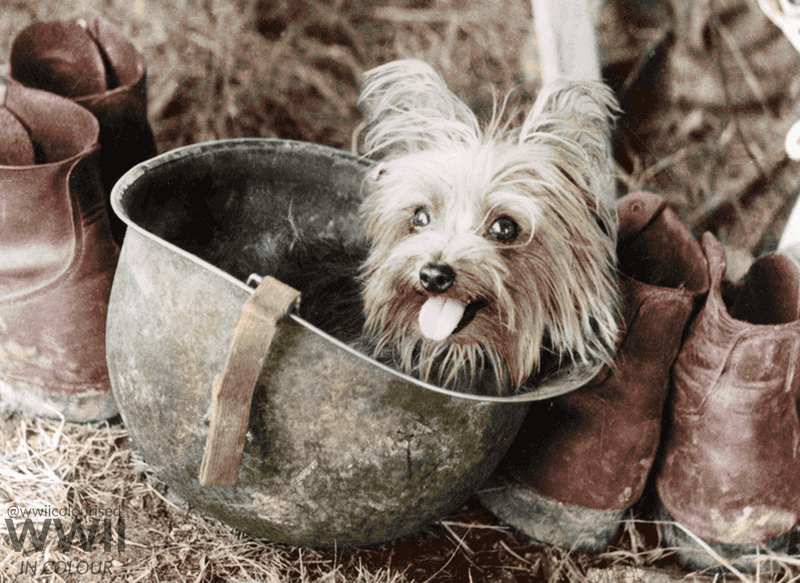
Found abandoned in a New Guinea jungle during WWII, this tiny four-pound Yorkshire Terrier became an unlikely military hero. Corporal William Wynne’s pocket-sized companion flew on 12 combat missions and parachuted from planes in a specially designed pouch.
Smoky’s most heroic feat came when she pulled a critical communications cable through a 70-foot-long, 8-inch-wide pipe beneath an airfield, saving days of dangerous digging. After the war, she pioneered therapy dog work in veterans’ hospitals, bringing comfort to wounded soldiers.
9. Sefton: The Household Cavalry Horse Who Survived An IRA Bombing
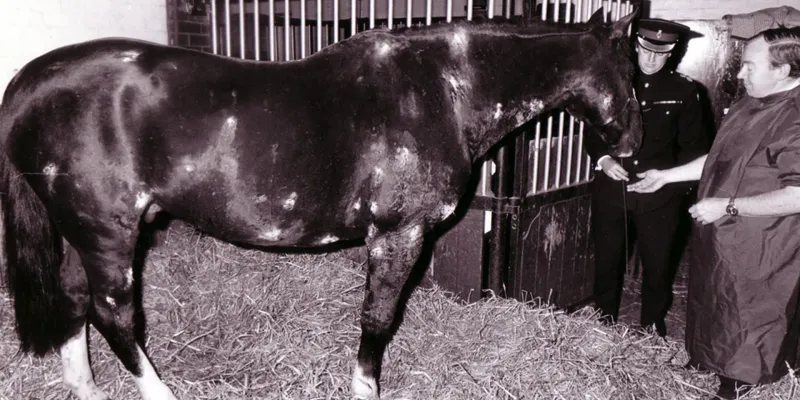
A black horse with a distinctive white blaze, Sefton became a symbol of resilience after surviving a 1982 IRA bombing in London that killed four soldiers and seven horses. The blast left him with 34 wounds and a severed jugular vein.
Against all odds, Sefton recovered after hours of surgery and three weeks in intensive care. The British public donated over £620,000 to his recovery fund. He returned to ceremonial duty for four more years before enjoying a peaceful retirement, living to the remarkable age of 30.
10. Chips: The Dog Who Captured Italian Machine Gunners
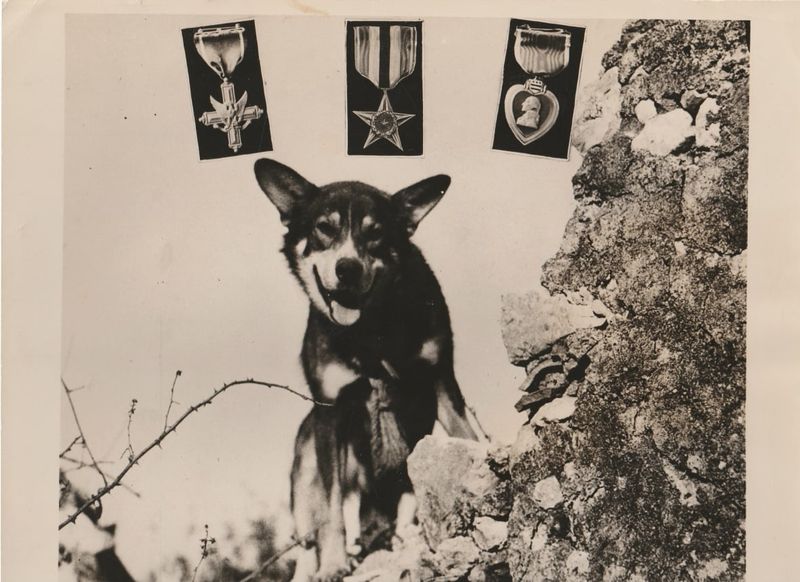
A mixed-breed dog donated by his family for war service, Chips became the most decorated dog of WWII. During the 1943 invasion of Sicily, he broke away from handlers and charged an enemy machine gun nest, forcing four Italian soldiers to surrender.
Despite being wounded, Chips helped capture ten more enemies that same day. He was awarded the Distinguished Service Cross, Silver Star, and Purple Heart—though these were later revoked due to military policy. In 2018, he was posthumously awarded the Dickin Medal for his extraordinary bravery.
11. Bill The Goat: The U.S. Naval Academy’s Enduring Mascot
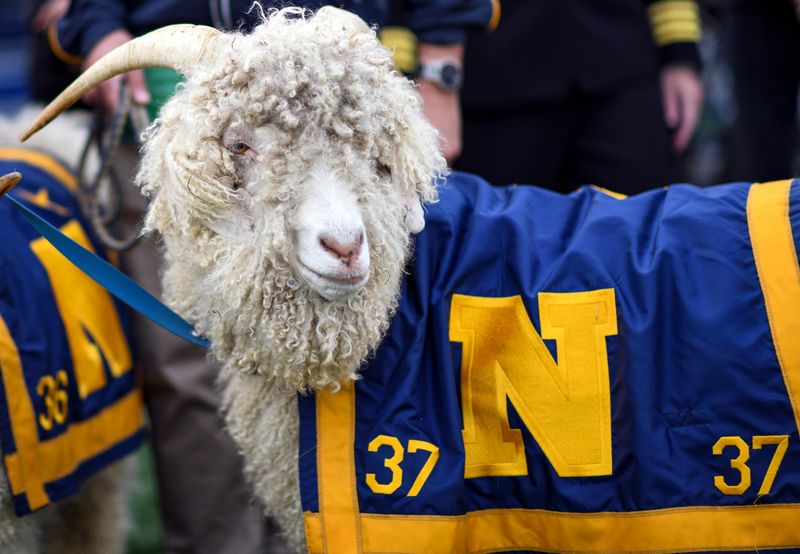
First appearing on Navy ships in the 1800s, goats were kept aboard to provide milk, meat, and to eat garbage. The tradition of Bill the Goat began in 1893 when a goat named El Cid (later renamed Bill) was brought to the fourth Army-Navy game.
Navy won that game, and a superstition was born. Currently, Bill XXXVII serves as the Academy’s living mascot, appearing at football games and events. The mascot has been kidnapped numerous times by Army cadets in one of college football’s most famous pranks.
12. Sergeant Major Jiggs: The First Marine Corps Bulldog
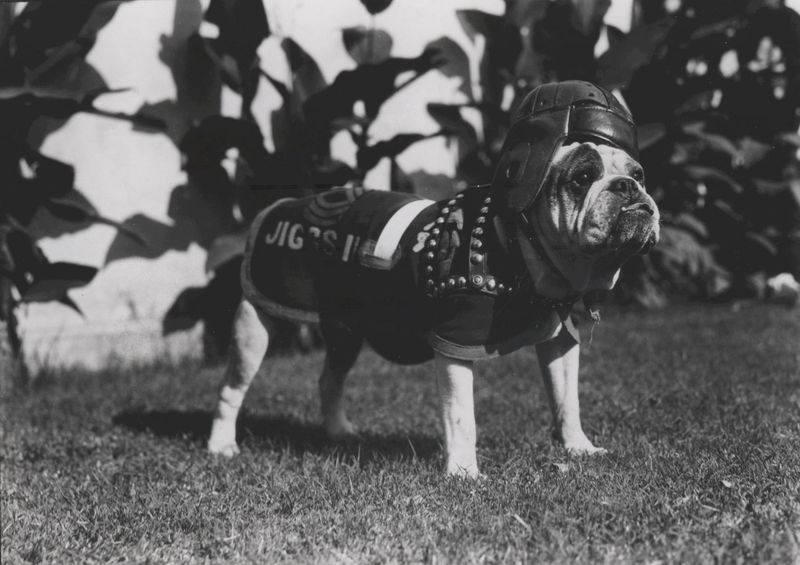
Enlisted in the Marine Corps in 1922, Jiggs was the first bulldog to serve as the official USMC mascot. Brigadier General Smedley Butler signed his enlistment papers, and Jiggs quickly rose through the ranks from private to sergeant major in just three years.
Often seen wearing a specially made Marine Corps uniform complete with hat, Jiggs appeared at numerous recruitment events and ceremonies. When he died in 1927, he received a full military funeral with honors. His legacy continues today with the current mascot, an English bulldog named Chesty XV.
13. Marengo: Napoleon Bonaparte’s Famous White Arabian

Standing just 14.1 hands high, this small gray Arabian stallion carried Napoleon through numerous campaigns and reportedly into the Battle of Waterloo. Named after Napoleon’s victory at the Battle of Marengo in 1800, the horse is said to have been captured from Egyptian forces.
Famous for his endurance, Marengo carried the French emperor through four major campaigns. After Waterloo, British officers captured the horse and brought him to England. His skeleton is now displayed at the National Army Museum in London, where his preserved hoof serves as a snuff box.
14. Cairo: The Navy SEAL Dog Who Helped Capture Bin Laden
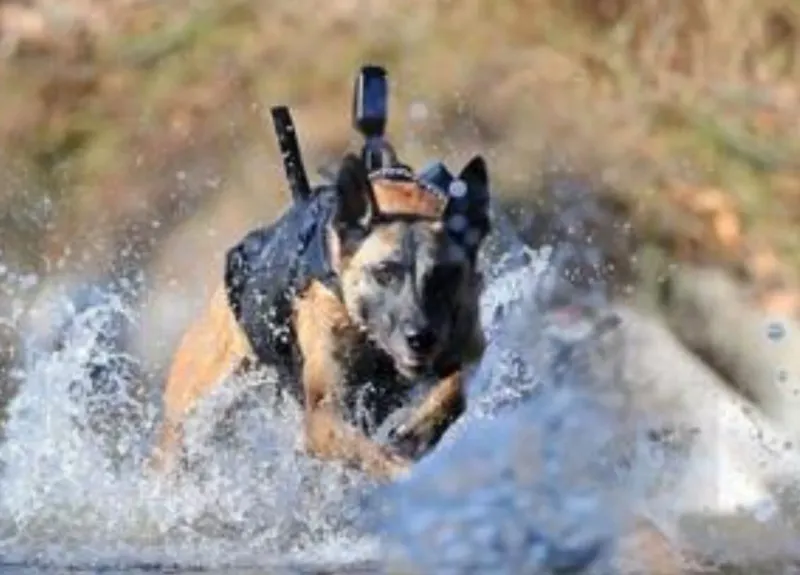
A Belgian Malinois trained for elite military operations, Cairo participated in the historic 2011 raid that resulted in the death of Osama bin Laden. Equipped with night-vision goggles and body armor, he was tasked with tracking anyone trying to escape the compound.
Cairo secured the perimeter and searched for hidden rooms or tunnels. President Obama specifically asked to meet the heroic dog when he congratulated the SEAL team. While most details about Cairo remain classified, his involvement in one of history’s most famous military operations has been acknowledged.
15. G.I. Joe: The Pigeon Who Saved A Thousand Lives
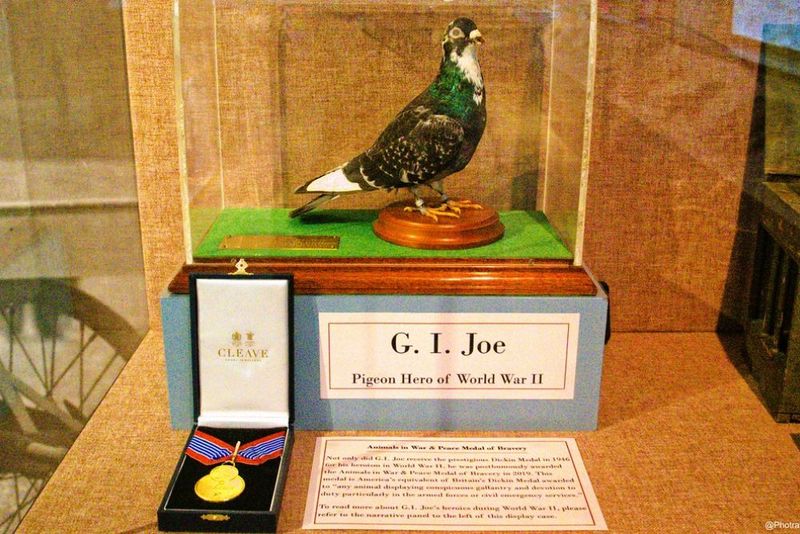
Flying 20 miles in 20 minutes, G.I. Joe delivered a message that prevented Allied forces from bombing an Italian town already captured by British troops in 1943. The message arrived just as American bombers were preparing to take off for the raid.
His timely flight saved the lives of at least 1,000 people, including British soldiers and Italian civilians. For this remarkable achievement, G.I. Joe was awarded the Dickin Medal in 1946. He was the first non-British animal to receive this honor, and his preserved body is now at the U.S. Army Communications Museum.






